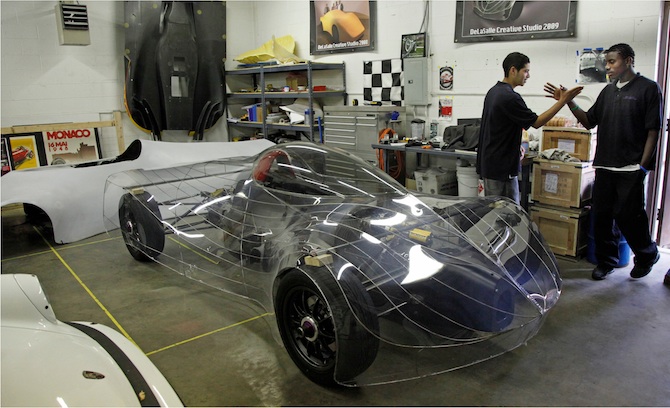Cross-posted from CleanTechnica.
Feed-in tariffs are a comprehensive renewable energy policy responsible for 64 percent of the world’s wind power and almost 90 percent of the world’s solar power (see charts below). With simplified grid connections, long-term contracts, and attractive prices for development, that’s policy that works.
Image: David Jacobs
Image: David Jacobs
The basic premise of the feed-in tariff is that the electric utility must connect any wind turbine or solar panel (or other generator) to the grid and buy all the electricity via a long-term contract with a public price. Its use in Germany and its simplicity have led to mass local ownership of renewable energy in that country.
In the U.S., the policy is spreading, having been adopted by multiple municipal utilities in Florida, Indiana, and California, as well as states including Rhode Island, Hawaii, and Vermont.
To see more coverage on feed-in tariffs (also known as CLEAN Contracts in the U.S.), go here, or see some of the Institute for Local Self-Reliance’s other work on the subject:
- Feed-in tariffs in America: driving the economy with renewable energy policy that works
- Pricing CLEAN contracts for solar PV in the U.S.
- Bringing renewable energy home: A conference on feed-in tariffs




